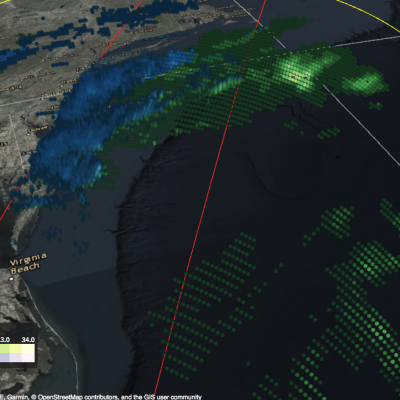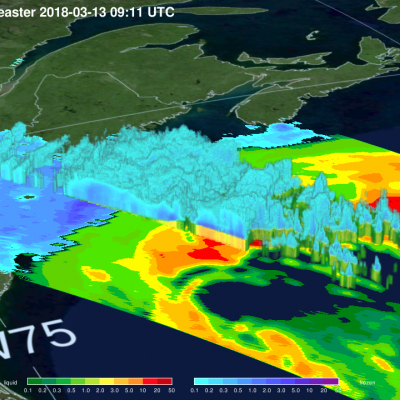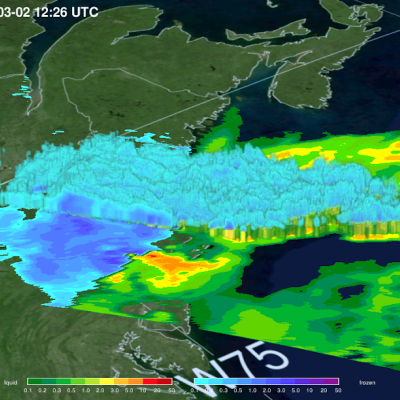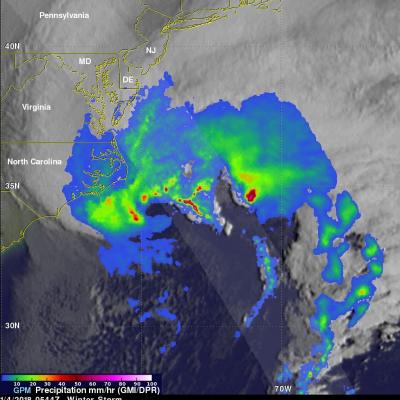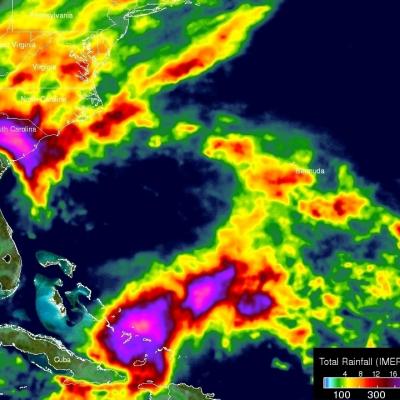GPM Sees Fourth Nor'easter of 2018
More than 90,000 customers were without power overnight after another major nor’easter — the fourth in three weeks — pummeled areas of the U.S. east coast with as much as 19 inches of snow on the first full day of spring. GPM collected this precipitation data as it flew over the storm the evening of Wednesday March 21st, 2018 at 6:04pm ET.


